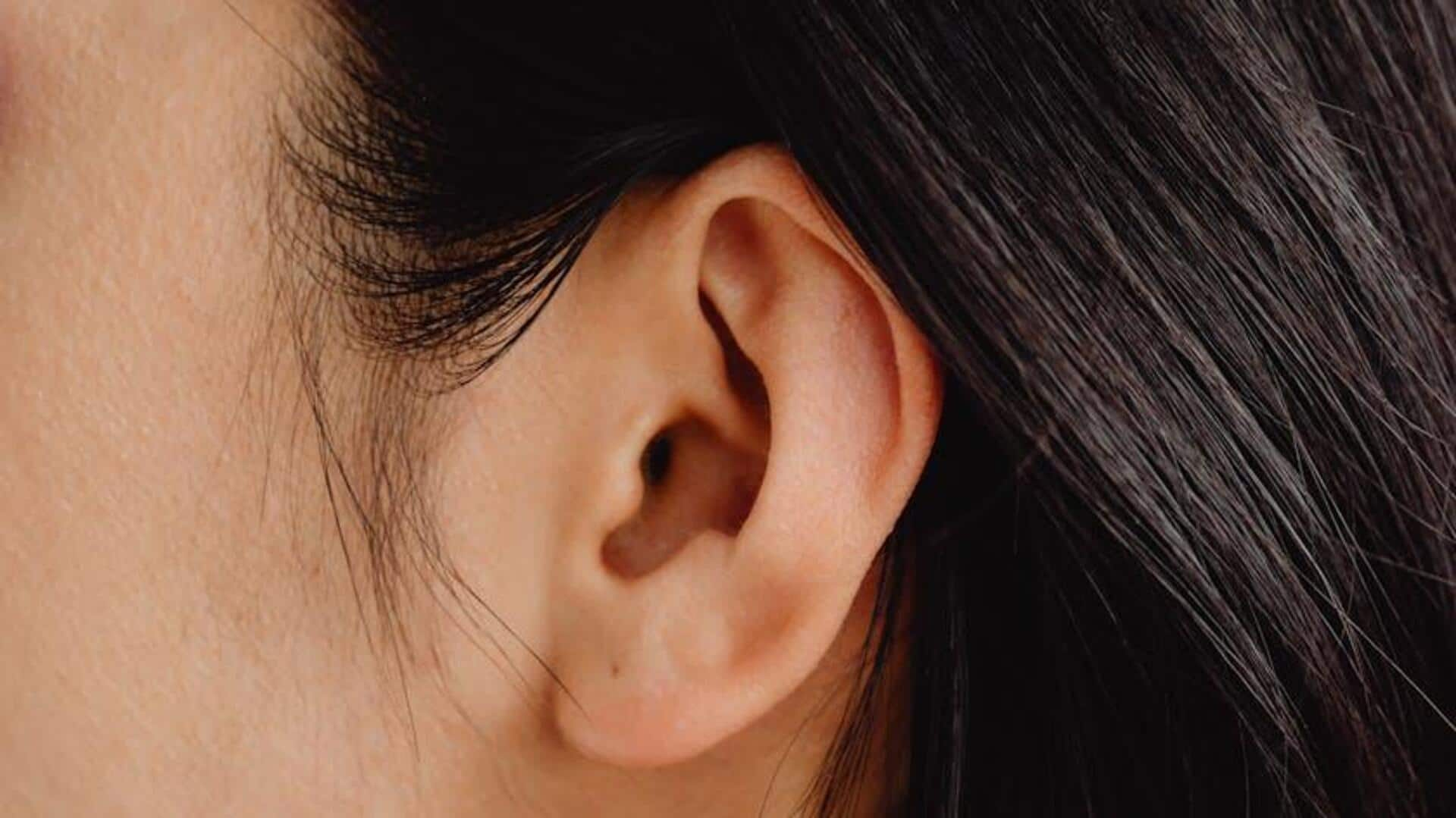
Better ear function, better balance: Here's how
What's the story
The inner ear is your body's unsung hero for balance and spatial orientation. It houses the cupula, a jelly-like structure that sends signals to your brain about your body's movements. By training your cupula to be more sensitive, you can improve your balance, reduce dizziness, and heighten your overall spatial awareness. Here are five exercises to help you train your inner ear and cupula.
Balance training
Balance training on uneven surfaces
Standing and walking on uneven surfaces is a powerful way to supercharge the sensitivity of your cupula. By doing exercises like walking on sand or using a balance board, you're essentially giving the vestibular system in your inner ear a workout. This helps it become more finely tuned and better at accurately perceiving and responding to changes in your environment, ultimately leading to improvements in balance and coordination.
Head movements
Head movement exercises
Incorporating specific head movements into your daily routine can significantly improve cupula sensitivity. Tilting your head side to side and nodding facilitates fluid movement in the inner ear, stimulating the cupula. This strengthens its response to motion. Performing these exercises for five minutes twice a day can lead to noticeable improvements.
Gaze stabilization
Gaze stabilization techniques
Gaze stabilization exercises help you keep your eyes focused while moving your head. This trains your vestibular system (inner ear) to work better, including the sensitivity of the cupula. One simple exercise is to focus on a stationary object while gently shaking your head side-to-side or up-and-down. Practicing gaze stabilization techniques regularly can greatly improve balance and minimize vertigo symptoms.
Yoga poses
Yoga poses for vestibular support
Specific yoga poses that focus on balance and stability are excellent for strengthening your inner ear's functions. Poses like Tree Pose (Vrikshasana) or Warrior III (Virabhadrasana III) demand concentration, stability, and body awareness—all of which activate the vestibular system in your inner ear. By practicing these poses regularly, you enhance the communication between your brain and body through increased cupula sensitivity.
Tai Chi
Tai Chi for inner ear health
Tai Chi, the ancient martial art, offers numerous health benefits. It enhances balance and coordination through its unique focus on slow, intentional movements coupled with deep breathing techniques. These movements necessitate continual balance adjustments, directly stimulating and strengthening the vestibular system within the inner ear. This not only improves physical stability but also heightens cupula sensitivity over time.